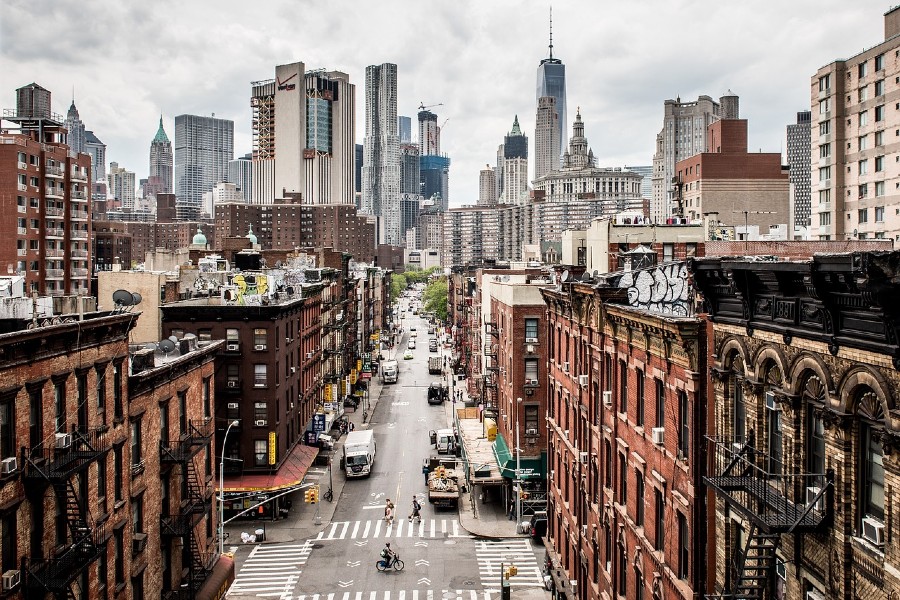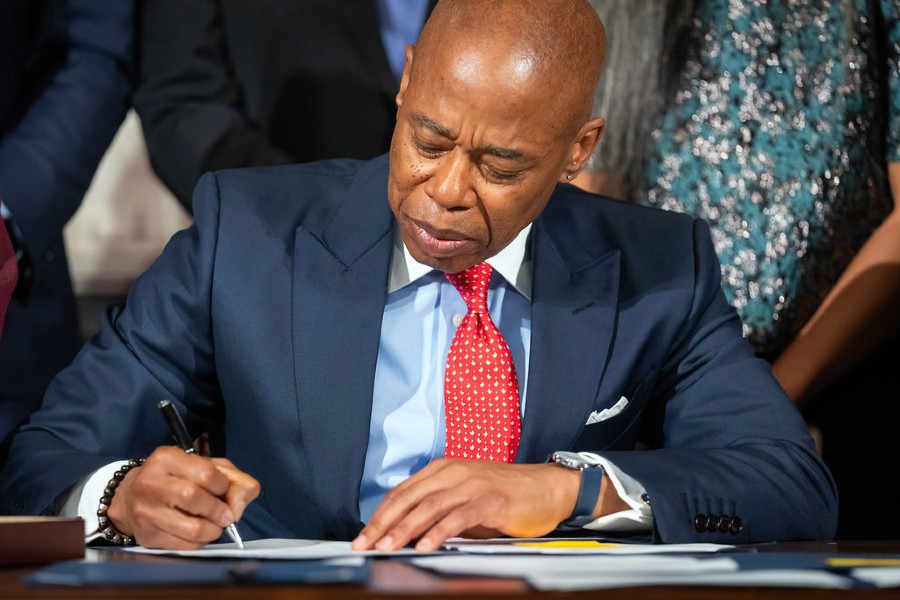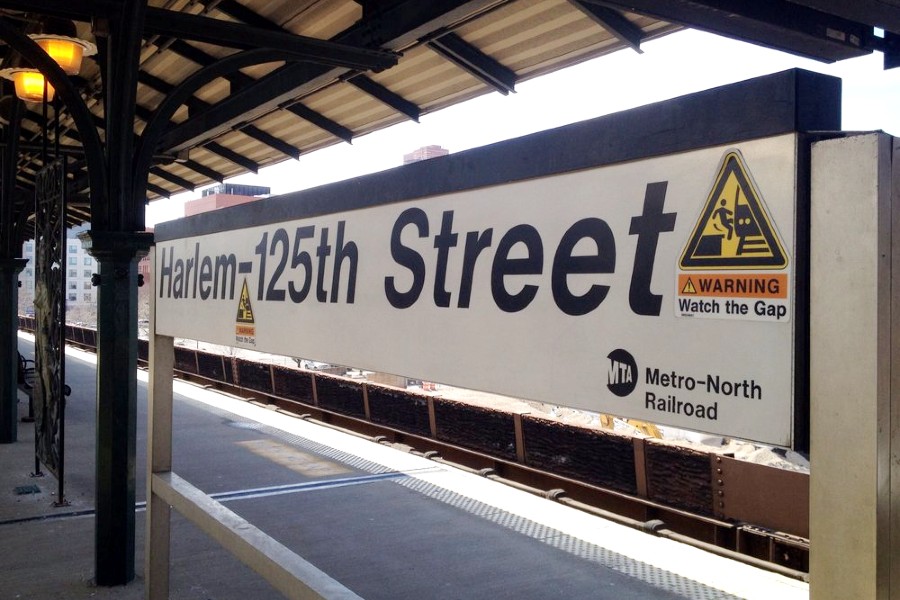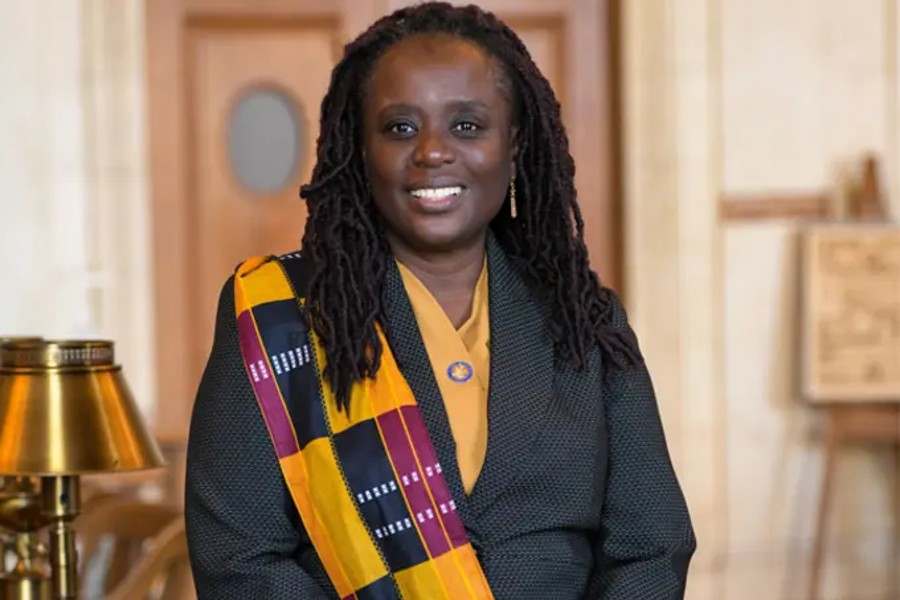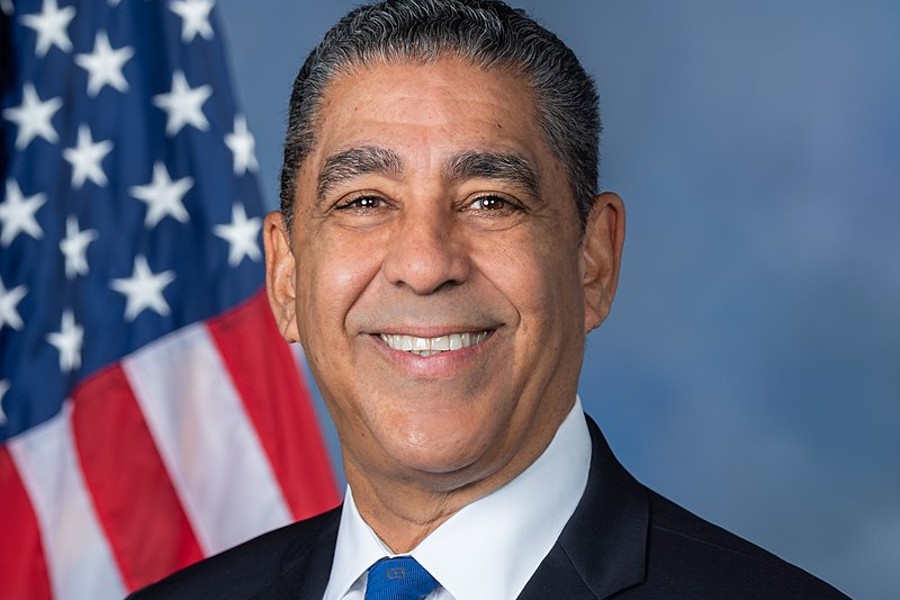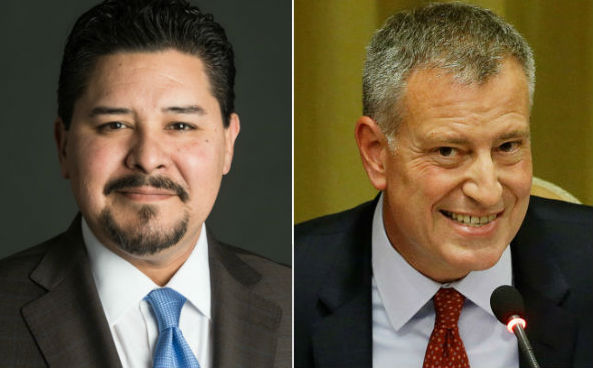 Mayor Bill de Blasio and Schools Chancellor Richard A. Carranza today announced changes to the middle and high school admissions process.
Mayor Bill de Blasio and Schools Chancellor Richard A. Carranza today announced changes to the middle and high school admissions process.
This is for NYC Department of Education (DOE) public schools beginning this winter for the 2021-22 school year. As the City charts its path forward with its COVID-19 response, these changes will result in a fairer process for all New York City families.
“The COVID-19 crisis has exposed longstanding inequities in our City’s public schools,” said Mayor Bill de Blasio. “Now, as we rebuild our city, we are expanding opportunities for all public-school students and doubling down on our mission to provide a quality education for all, regardless of a child’s zip code.”
“It is my responsibility to deliver the highest-quality education possible to each child, so that they are prepared for a successful, productive life, and empowered with the skills they need to chase their dreams and lead us all forward,” said Schools Chancellor Richard A. Carranza. “This year, we have faced the unknown together, and as we look ahead, we know that opening up more of our schools to more of our students will make our system stronger and more equitable for all.”
Today’s announcements build on existing steps the administration has taken to advance diversity and equity in admissions decisions and expand opportunity for all students They include:
Middle School
A pause on use of all screens for middle school admissions for this year, meaning that students applying to middle school will not be selected based on previously used screening criteria.
196 middle schools use screens—metrics by which applicants are sorted and selected—for admissions decisions.
These screens can include grades, student interviews, school-based assessments, behavioral evaluations, standardized test scores, and attendance.
Instead, students will rank their choices on their middle school application as they always have; for schools with more applications than seats available for their sixth-grade class, students will be chosen through a lottery-based system.
The DOE will evaluate this one-year pause on middle school screens in the enrollment cycle for the 2022-23 school year, depending on the availability of data for next year’s applicants and the outcomes of this new approach.
A district priority will remain in place for middle schools that currently have it, as many families across the city have indicated they want their young children to go to a school close to their residence.
Schools and districts that have priorities in place for students from historically underserved communities, those will remain in effect also.
Students and families can start applying to middle school the week of January 11, 2021, and the deadline to apply will be the week of February 8, 2021.
High School
District priorities for high school admissions will be permanently eliminated this year, and all other geographic priorities will be eliminated next year.
This phase-out over two years will start with 48 high schools that use district priorities in this first year.
Approximately 250 total high schools have some type of district or geographic priority in place, such as borough-based priority, limiting opportunity for hard-working students to attend some of our most in-demand schools based on where they live.
Approximately 250 total high schools have some type of district or geographic priority in place, such as borough-based priority, limiting opportunity for hard-working students to attend some of our most in-demand schools based on where they live.
This will expand opportunity and increase choice for all rising high school students.
Academic screens may remain in place at high schools that currently use screens and wish to continue to use them.
If a student lists a screened school on their high school application, a combination of 2018-2019 state tests, the previous years’ grades, and/or school-established criteria.
Schools will be required to publicly publish their rubric criteria on MySchools and the ranking process will be centralized to ensure equity and transparency.
Screened schools have the option of not using screens this year if they wish, and are encouraged to make a concerted effort towards greater equity in their processes, either by electing to remove additional screens now or implementing a Diversity in Admissions priority.
Approximately 100 NYC public schools currently prioritize targeted groups of students including, but not limited to, low-income students, English Language Learners, and students in temporary housing — we invite more schools to expand access to students of all backgrounds.
The high school application will open the week of January 18, 2021, and the deadline to apply is the week of February 22, 2021.
District Diversity Plans
The DOE will support five additional districts in joining districts 9, 13, 16, 28, and 31and secure a grant to develop a community-led District Diversity Plan to foster greater integration in their classrooms.
Including districts 1, 3, and 15 who have also launched community-driven plans to increase diversity in their schools, this will bring a total of 13 districts actively developing or managing diversity plans.
Over the next four years, diversity planning will be expanded to all 32 community school districts, which will help our schools and classrooms become more inclusive for all and center community voice in developing a path forward.
SHSAT and Arts Auditions
The City is required by State law to administer the Specialized High School Admissions Test (SHSAT). Beginning Monday, December 21, 2020, students can register to test for admission to the Specialized High Schools.
The logistics involved in proctoring the exam are being altered to ensure the health and safety of staff and students. The SHSAT registration will close on January 15th, 2021.
The exam will now be administered in students’ own middle schools to reduce travel and mixing of different cohorts of children.
The SHSAT will be administered beginning in late January. Families can complete their application via the MySchools portal, by calling P311, or through a virtual Family Welcome Center.
Arts high schools will move to a virtual audition system that will allow students to submit their audition online. Students will only need to create one audition that can be submitted for all schools that require it.
“New York City’s school system was the most segregated in the nation before the pandemic, and COVID-19 has only deepened these inequities in the classroom and remotely, exacerbating the immediate need to bring justice to our admissions systems and create transformational change inside our schools,” said New York City Public Advocate Jumaane Williams. “This is a time not only to adapt but to advance. The measures announced today are welcome, if overdue, efforts to remove barriers and begin to expand access to an equitable education. At the same time, educational injustice was a crisis before the pandemic, with many unjust school screens in middle and high schools perpetuating inequity. We will need to continue advocating and implementing school and community-led reform, such as a weighted lottery that provides greater access for the most marginalized students across our city, to create truly equitable schools.”
“Equal access to quality education is something generations of families living in historically underserved communities across this city have sought, but never received. If diversity truly is our strength, like it is in The World’s Borough, then diversity must be a bedrock principle of our education system — these changes in admissions policy announced today bring us closer to that reality,” said Queens Borough President Donovan Richards. “The work doesn’t stop here, however. We must commit ourselves to expand our Gifted and Talented programs and leave no stone unturned in building a diverse, equitable education system deserving of our families.”
“We’re finally moving in the right direction. As advocates have long pointed out, the status quo of admissions locks in the status quo of segregation. I hope that pausing middle school screens will open the door to eliminating them entirely and putting in place inclusive admissions that groups like the SDAG have long recommended. Ending geographic preference for high schools will also move us toward the goal of desegregation and equity.”
“I am encouraged by many of these changes to the admissions process,” said State Senator Robert Jackson. “We’re finally moving in the right direction. As advocates have long pointed out, the status quo of admissions locks in the status quo of segregation. I hope that pausing middle school screens will open the door to eliminating them entirely and putting in place inclusive admissions that groups like the SDAG have long recommended. Ending geographic preference for high schools will also move us toward the goal of desegregation and equity.”
“Creating more diverse schools and eliminating the stress associated with NYC’s middle and high school admissions process is a step in the right direction, said Assembly Member Jo Anne Simon. “Yet we need to go much further to create equity for future generations of New Yorkers. Looking forward to building on this.”
“Admissions testing failures in New York City have perpetuated inequities in education for years,” said Assembly Member Rodneyse Bichotte. “The pandemic further exposed these racial and socioeconomic disparities, and digital divide issues, especially in districts like mine where a large percent of students in the district are non-white. As a result of educational inequities students of color, in particular, have historically not had access to the same quality of education as their peers. This pause on testing helps to break down those barriers. I thank the mayor and Chancellor for taking on this initiative.”
“The novel coronavirus knew as “COVID-19” has produced a pandemic that has brought drastic changes to all our lives,” said Councilmember Inez Barron and Assemblymember Charles Barron. “This pandemic has highlighted many of the underlying circumstances that have manifested the inequities, injustices, and barriers to having a fair and equitable distribution of services and access to opportunities to all people. This pandemic has disrupted the usual structure and schedule of teaching and learning. Students have not had an opportunity to engage with their classmates, to dialogue in real-time with their peers, nor to have the benefit of immediate feedback from their instructors. The usual schedule of instruction has been disrupted, preparation and targeted practice for the standardized test has not occurred. However, as with many crises, there is an opportunity for improvement. The unbalanced and disparate enrollment of black and Latino students in schools with greater resources and better learning outcomes can now be addressed in this change to the admission policy for middle schools and high schools. This change reflects the concerns raised throughout the city by students and parents who are reflecting on the issues raised during this period of heightened awareness of the systemic injustices that marginalized communities have faced. We look forward to the implementation of this policy by the department of education. We expect that there will be full transparency in all phases of the implementation of this new policy.”
“I am pleased to see that the NYC Department of Education is working to implement a more equitable school admission process,” said City Council Finance Chair Daniel Dromm. “It is important to focus on the systemic issues that adversely impact middle and high school admissions and to revamp the system so that a greater range of students have access to a superlative education. While there is more work to be done, this is a significant step in the right direction.”
“This is a huge and important step towards fairness and integration in our schools, and fundamentally necessary this year to mitigate the inequalities of pandemic school,” said Council Member Brad Lander. “All too often admissions screens measure access to resources far more than ability, furthering segregation and inequality in our public schools. This year, using old test scores, grades and meaningless attendance data to sort children into schools makes no sense at all. I’m very glad the Mayor and the DOE are taking this opportunity to pursue a fairer admissions process for this generation of students. We still have lots of work to do to close the gaps in educational opportunity and advance integration, but suspending middle school screens and reducing geographic priority for high schools are helpful steps in that direction amidst the disruption of this pandemic year.”
“The pandemic has laid bare the need to create a fairer education system for all New Yorkers,” said Council Member Keith Powers.” These reforms are a positive step forward for our students and city. Thank you to the Mayor and DOE for progress on school admissions.”
Become a Harlem Insider!
By submitting this form, you are consenting to receive marketing emails from: Harlem World Magazine, 2521 1/2 west 42nd street, Los Angeles, CA, 90008, https://www.harlemworldmagazine.com. You can revoke your consent to receive emails at any time by using the SafeUnsubscribe® link, found at the bottom of every email. Emails are serviced by Constant Contact



